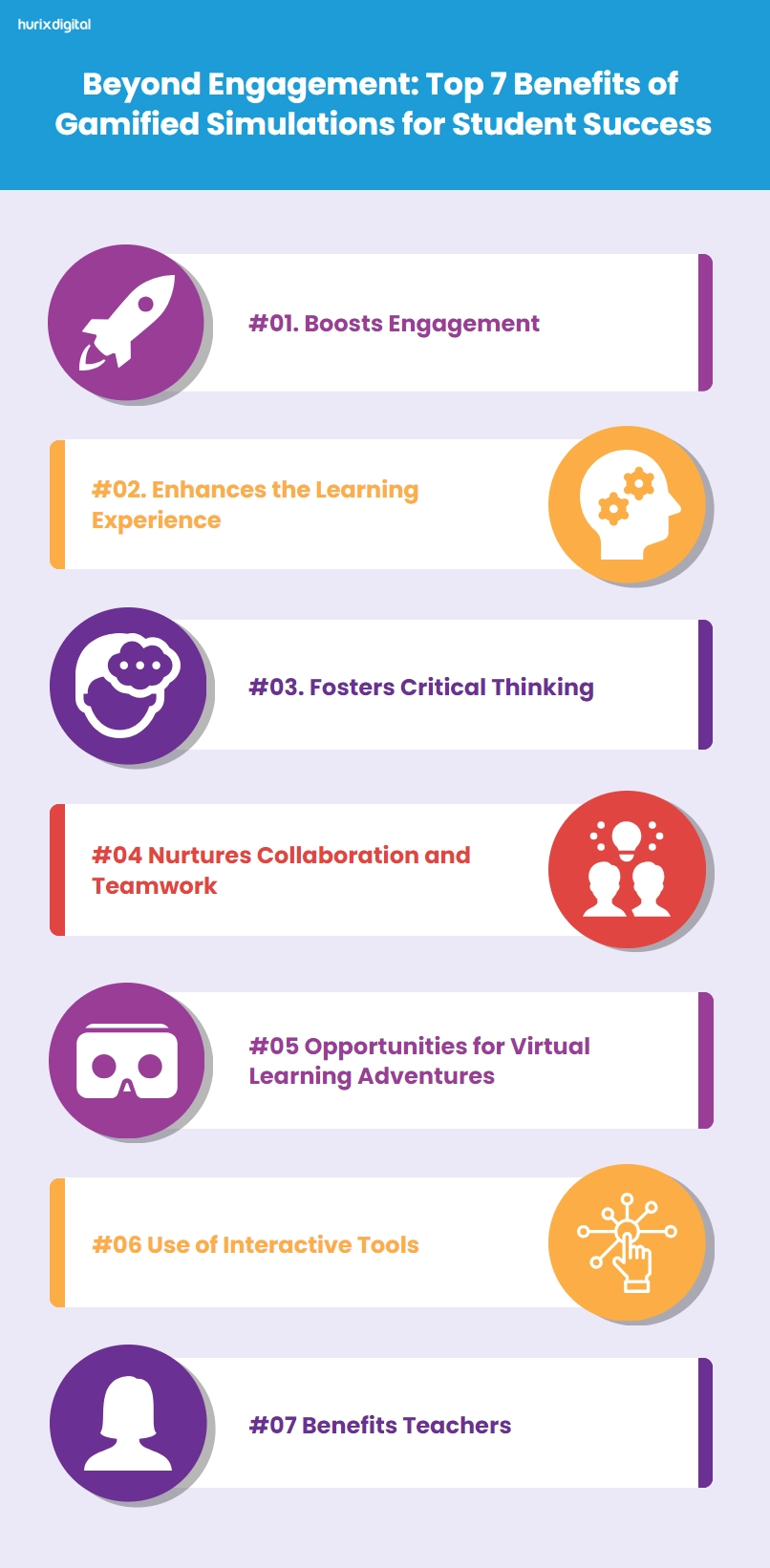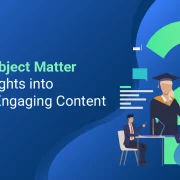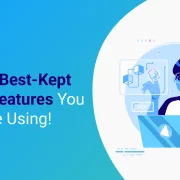Elevate student success with gamified simulations! Discover 7 benefits: boosting engagement, enhances the learning experience, fosters critical thinking, nurture collaboration and teamwork, opportunities for virtual learning adventures, use of interactive tools & benefits teachers. Transform education with engaging and effective gamification!
Elevate learning with Hurix Digital! Unleash student success with gamified simulations. Explore the benefits for an engaging and effective education. Contact us now to know more!

Understanding Gamification in Education
Gamification in education has emerged as a powerful strategy to enhance learning outcomes. By integrating game-like elements into educational settings, educators can create more engaging and effective learning environments. This approach goes beyond mere entertainment, fostering deeper understanding and retention of knowledge.
Engagement and Motivation
One of the primary benefits of gamification in education is its ability to boost student engagement. Traditional teaching methods often struggle to capture students’ attention. Gamified simulations introduce interactive elements that motivate students to participate actively.
- Increased participation: Students are more likely to join discussions and activities.
- Enhanced retention: Engaged students tend to remember information longer.
Improving Learning Experiences
Gamified simulations enhance the learning experience by providing immersive scenarios that encourage exploration and experimentation. Instead of passive learning, students can actively apply their knowledge in realistic contexts.
- Real-world applications: Students can practice skills relevant to their future careers.
- Immediate feedback: Gamified systems offer instant assessments, allowing learners to recognize strengths and areas for improvement.
Critical Thinking and Problem-Solving Skills
Gamification fosters critical thinking by presenting challenges that require students to analyze information and make decisions. These simulations often involve complex scenarios that enhance analytical skills.
- Scenario-based learning: Students must evaluate potential outcomes and strategize.
- Encouragement to innovate: Creative problem-solving is promoted within gamified contexts.
Collaboration and Teamwork
Another significant advantage of gamification in education is its focus on collaboration. Many simulations require students to work in teams, promoting communication and teamwork skills.
- Shared goals: Working towards common objectives strengthens group dynamics.
- Peer learning: Students can learn from each other, enhancing understanding.
Conclusion
Gamification in education provides numerous benefits, from increased engagement to improved critical thinking skills. By incorporating gamified simulations into the classroom, educators can create enriched learning experiences that prepare students for success. As this approach gains traction, its impact on student outcomes will grow.




